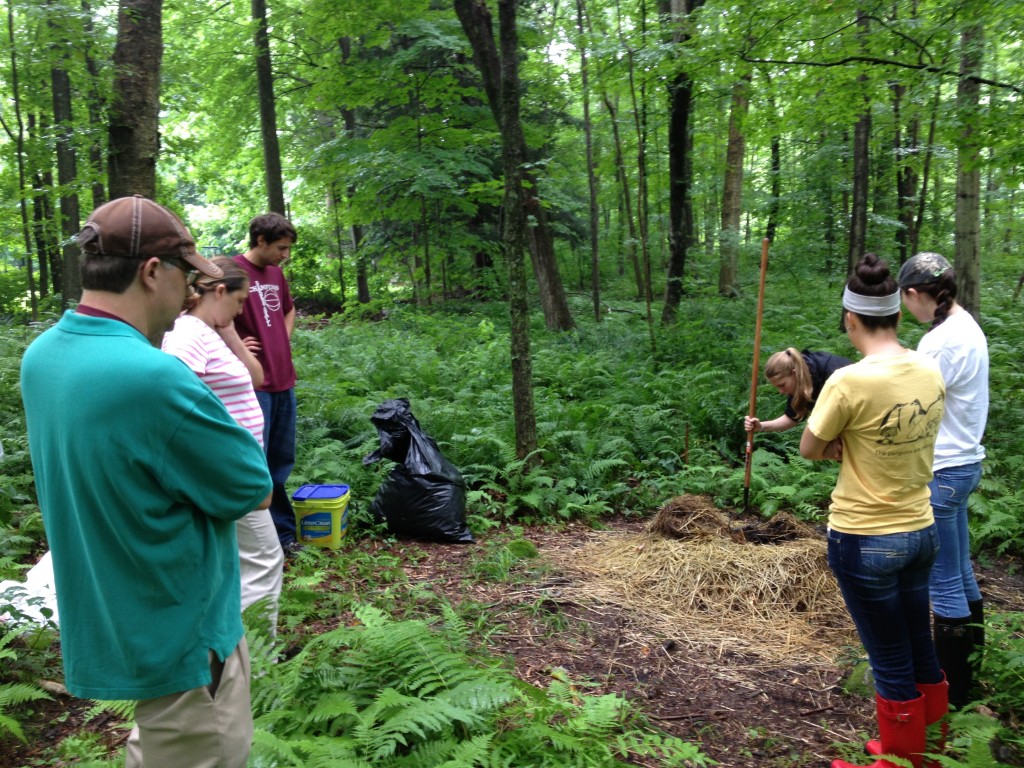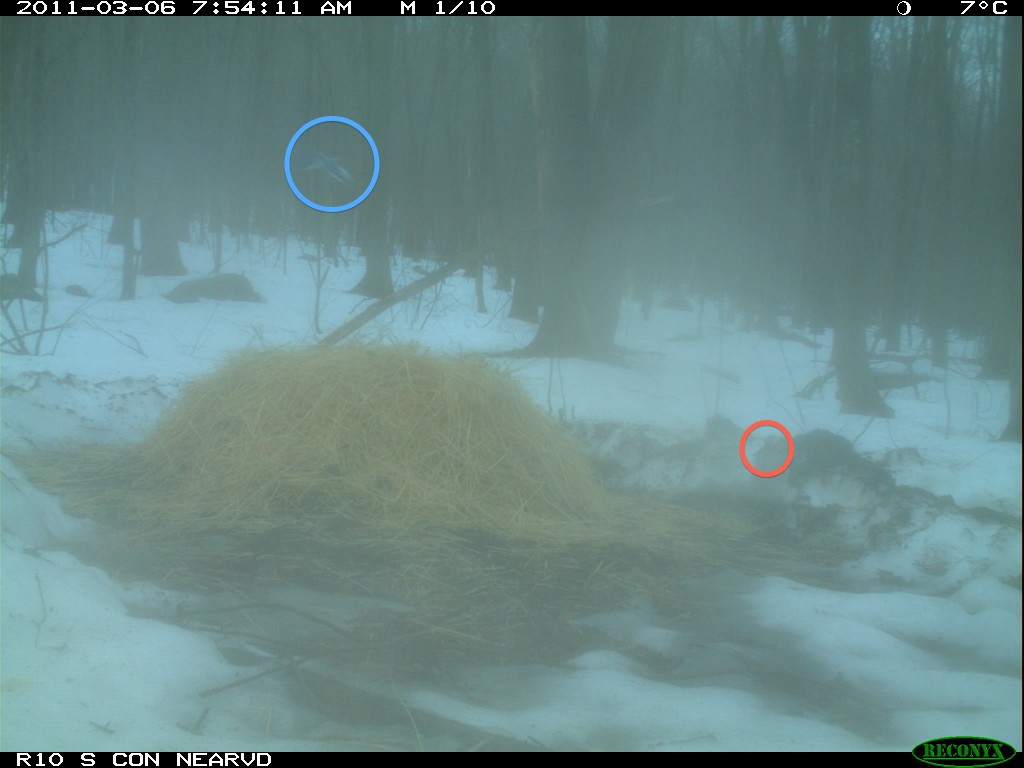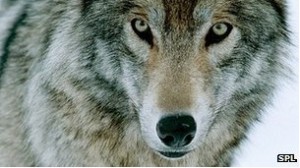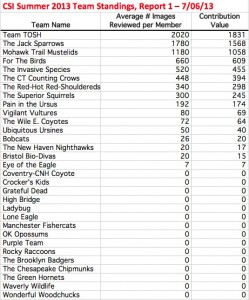Based on a question from Amy Coan, this post deals with a topic that we can all relate to.
Question
What do we do if we make a mistake? I made a silly mistake on photo #697. I think that my finger slipped when I was choosing a number from the drop down menu. There were very obviously 3 crows in the photo, but we I was hitting the SAVE DATA button, I noticed that for some reason I put down one crow. Don’t worry- it won’t affect your research- I don’t think that anyone else will make a mistake with that photo!
Anyway, I tried hitting the Back button, but it didn’t look like there was anything that I could do about correcting my mistake.
Please let me know if there is anything that I can do in the future in case this happens again.
Response
I can relate to the situation you’re describing, as I have done that myself. Once the categorization of a particular image has be entered into the database by hitting “save data,” it cannot be corrected by the submitter. As you recognize, the 80% agreement threshold (among the five independent categorizations) that we employ should cover for the occasional data entry error of this nature.
As I categorize images, I use the following approach to minimize my data entry errors:
1.) When the focal image is served, I take a look to get a feel for what is going on.
2.) I then go to Consecutive Images to clarify what I saw in Step 1 and possibly expose hidden animals (throughout image, be particularly aware of background) by their movement between consecutive images.
3.) Returning to my focal image (#1 at bottom of frame) in the Consecutive Images), I establish what animals are visible (either completely or partially) in that image.
4.) Leaving Consecutive Images, I return to the initial page with its pull-down categorization menus. I enter the relevant species and their counts.
5.) I then look at the image one last time and account for what I just entered in the menus. This is my ploy to reduce data entry errors of the type that you describe. If my menu selections and the image content are in agreement, I “save data.” If not, I correct my mistake and then submit.
 During last Thursday’s regularly scheduled field work, we had the pleasure of the company of several visitors. Amy Coan, a Wildlife CSI – Summer 2013 participant on the Connecticut Counting Crows took part. She teaches chemistry and environmental science at East Catholic High School in Manchester, CT. Also joining us were Dr. Cameron Douglas, a recently arrived postdoctoral fellow in Trinity’s Environmental Science program, and his two research students Rose Rodriguez and Sarah Black. Thanks to Cameron for sharing this image.
During last Thursday’s regularly scheduled field work, we had the pleasure of the company of several visitors. Amy Coan, a Wildlife CSI – Summer 2013 participant on the Connecticut Counting Crows took part. She teaches chemistry and environmental science at East Catholic High School in Manchester, CT. Also joining us were Dr. Cameron Douglas, a recently arrived postdoctoral fellow in Trinity’s Environmental Science program, and his two research students Rose Rodriguez and Sarah Black. Thanks to Cameron for sharing this image.







